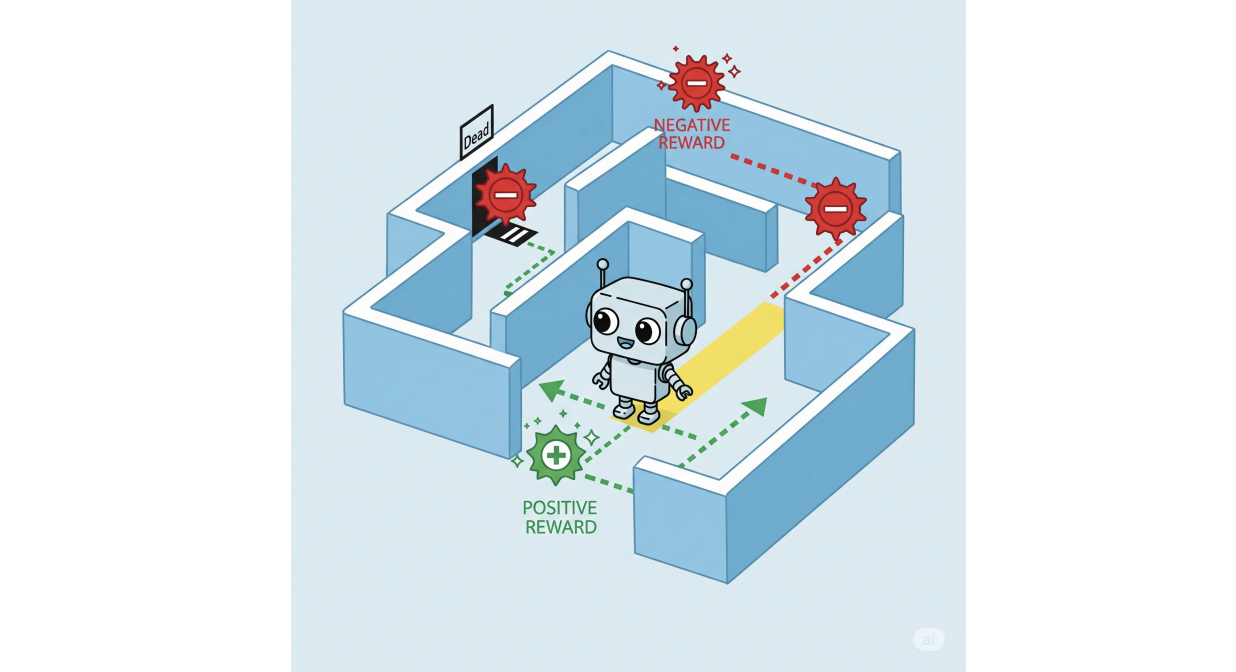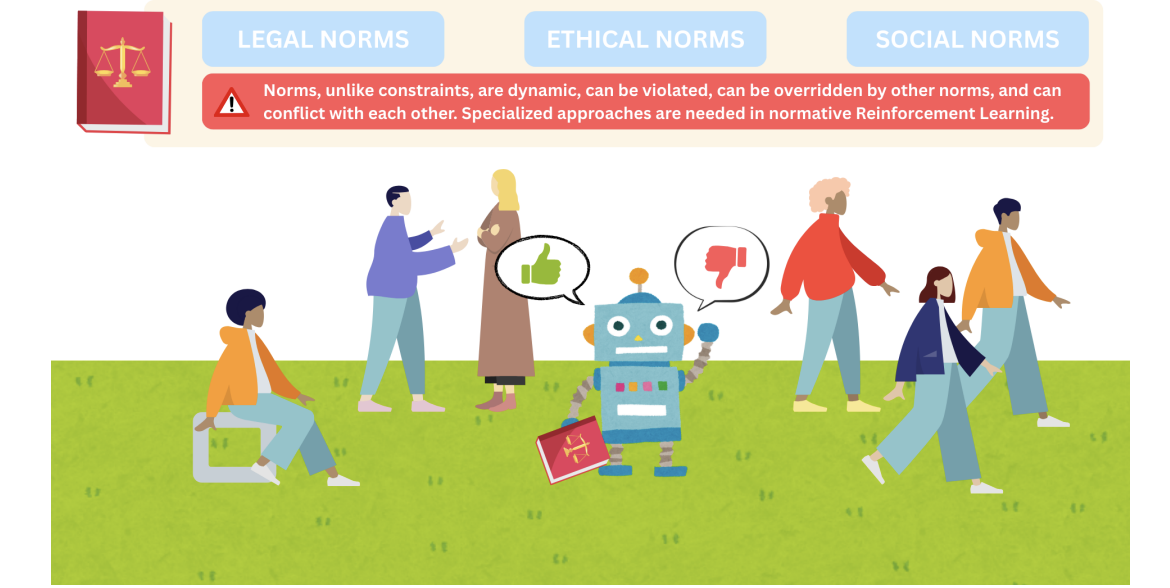New AI Forges Video Stories in Minutes
AI startup Fable Studio is out with a new tool — dubbed ‘Showrunner,’ that long-term, promises to forge entire TV episodes and movies in minutes.
Simply enter a text prompt describing what you want, click enter, and in about 22 minutes, you’ll have your 22-minute TV episode.
Even better: You can use the tool to drop yourself into the action as a character.
Currently demoing with short clips in cartoon form, Fable Studio is promising film-like TV shows and movies in about two years, according to CEO Edward Saatchi.
In other news and analysis on AI:
*ChatGPT Rated Number One Consumer App: Venture capital firm Andreessen Horowitz has released its latest analysis of the AI market, pegging ChatGPT as the top AI app, based on unique monthly visits.
On its heels is Google’s Gemini chatbot, followed by DeepSeek – a chatbot made in China.
Also high-up on the list:
–Grok
–Character.ai
–Perplexity
–Claude
*Google’s Text-to-Talking-Heads Podcast Tool Gets an Upgrade: NotebookLM, a research and production tool that has wowed users by being able to transform an article or other text into an audio podcast featuring two people discussing the substance of that text has a new spring in its step.
Now, you can tweak the tool so that your text-to-podcast emerges in any of four formats:
–Brief, which offers-up a two-minute summary of the text
–Deep Dive, which offers an in-depth discussion of your
material
–Critique, which features talking heads critically discussing
your text
–Debate, which creates two hosts who take different points-
of-view on your article or similar
*Google’s New ‘Nano Banana’ Image Editor: Cool Use Cases: The fervor over Google’s new image editor continues to rage across the Web, as increasingly numbers of users are entranced by its power and surgical precision.
One of the new tool’s most impressive features: The ability to stay true to the identity of a human face – no matter how many times it remakes that image.
For a quick study, check-out these videos on YouTube, that show you scores of ways to use the new editor – officially known as Gemini 2.5 Flash Image:
–Google Gemini 2.5 Flash Image (Nano Banana) – 20 Creative Use Cases
–15 New Use Cases with Nano Banana
–The Ultimate Guide to Gemini 2.5- Flash (Nano Banana)
–New Gemini 2.5 Flash Image is Insane & Free
–Nano Banana Just Crushed Image Editing
*One Educator’s Take: Human-Generated Writing Still Essential in the Age of AI: College writing teacher Liz Stillwaggon Swan insists that without formal writing instruction, college students will be unleashed on the world sans the ability to think clearly and deeply.
Observes Swan: “I explain to my students that writing is a process of making the subconscious conscious—of bringing hazy, half-baked assumptions, biases, intuitions, ideas, anxieties, and hopes to the surface.
”Often, we don’t know what we believe until we start writing. We put our feelings and experiences into words and stories, even arguments, and through that arduous process, we begin to feel utterly human.”
*Another Educator’s Take: AI Has Rendered Traditional Writing Instruction Obsolete: It’s time to trash the teaching of writing at the college level as we know it, according to John Villasenor, a writing instructor at University of California Los Angeles.
Instead, today’s college students – who already know that AI will be handling most of the writing needed in years to come – should be taught how to get the most from AI when using it for writing.
Observes Villasenor: “It means helping students become proficient at using AI as a force multiplier to improve the depth, versatility, and speed of their writing.
“Today’s young people know that when it comes to writing, the technology landscape has undergone a tectonic shift, and they have already found their new footing. Those of us involved in teaching them need to do the same.”
*AI Agents and Marketing: A Primer: AI startup Smartcat.ai is offering a free eBook detailing how marketers can use multiple agents to automate much of their work.
Observes Nicole Di Nicola, VP of marketing, Smartcat.ai: “It’s like every marketer can now become a content creator. A product marketer can take a messaging doc and have AI turn it into a campaign plan with emails and sequences—fewer handoffs, less lag, more ownership. ”
One caveat: Given that AI agents are brand new technology that sometimes gets ahead of its skis, ‘pilot trial’ is the operative phrase here.
*Anthropic to Cough-Up $1.5 Billion to Book Authors: AI startup Anthropic – maker of the popular Claude chatbot – has agreed to pay $1.5 billion to authors and publishers as compensation for using their intellectual property to train its AI.
Observes writer Cade Metz: “The settlement is the largest payout in the history of U.S. copyright cases.
”Anthropic will pay $3,000 per work to 500,000 authors.”
*Google Promising AI Writing for More Android Phones: Google’s Gboard’s AI Writing Tools will be rolled-out to more phones in coming weeks, according to the tech goliath.
The tool enables users to proofread and rephrase text on their Android smartphones – without being forced to go to the cloud.
But so far, only devices featuring Gemini Nano v2 or higher are being promised the tools.
*AI BIG PICTURE: AI’s Next Killer App: Emotional Manipulation?: Geoffrey Hinton, the Godfather of AI, warns that the tech will soon be better at manipulating people than the most accomplished con man.
Observes writer Eric Hal Schwartz: Hinton “believes AI will be smarter than humans in ways that let them push our buttons, make us feel things, change our behavior, and do it better than even the most persuasive human being.
“The nightmare is an AI that understands us so well that it can change us, not by force, but by suggestion and influence.”

Share a Link: Please consider sharing a link to https://RobotWritersAI.com from your blog, social media post, publication or emails. More links leading to RobotWritersAI.com helps everyone interested in AI-generated writing.
–Joe Dysart is editor of RobotWritersAI.com and a tech journalist with 20+ years experience. His work has appeared in 150+ publications, including The New York Times and the Financial Times of London.
The post Hollywood Killer appeared first on Robot Writers AI.


 Image provided by the authors – generated using Gemini.
Image provided by the authors – generated using Gemini.
